Critical Resources LLC (CRL)
Nickel in metallic, oxide and salt forms can be
processed into usable products with today’s technologies. Recoverable
Nickel is found is alloys, batteries, and catalysts as well as other
uses. Nickel recycling involves collecting nickel-containing materials,
sorting them, processing them to remove impurities, and then
reintroducing the refined nickel into manufacturing processes for new
products.
Cobalt oxide, metallic and Cobalt containing
materials are sometimes difficult to recover. Common sources of
recoverable Cobalt are batteries, catalysts, magnets, paints, and
others. Cobalt recycling methods include pyrometallurgy,
hydrometallurgy, and bio-metallurgy, with hydrometallurgy using acids
and reducing agents to extract valuable metals like cobalt from cathode
materials, followed by separation techniques like selective
precipitation or solvent extraction.
Lithium is commonly used in batteries, glass, and
other applications. Lithium can be recovered using hydrometallurgy and
other processes.
Cadmium is used in metal coatings, batteries, and
other industrial applications. Cadmium recycling methods include
pyrometallurgical processes like vacuum distillation and
hydrometallurgical methods like cementation and solvent extraction.
Indium is found in semiconductors used in
technologies like solar cells, electronics, and touchscreens. Indium
recycling methods include hydrometallurgical processes like acid
leaching, solvent extraction, and cementation, as well as techniques
like vacuum chlorination and ion exchange.
Iridium is used in alloys, catalysts, and
high-temperature applications. Recovering Iridium involves processes
like chemical extraction, electrochemical methods, and mechanical
separation to recover it from by product materials.
Other metal containing materials and compounds are
possible to recover. Send us a profile and analysis and we will respond.
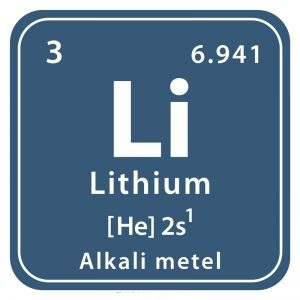
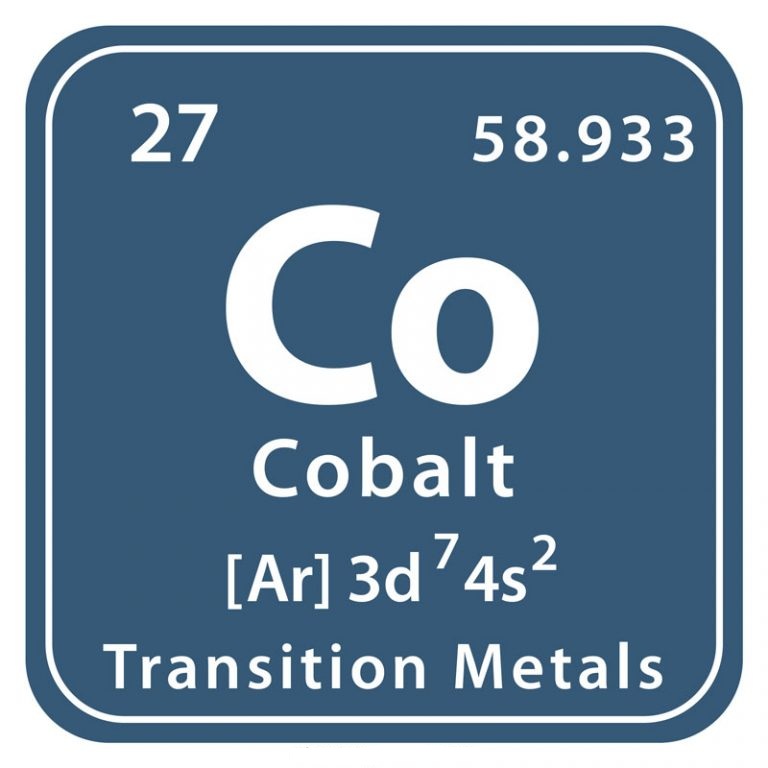
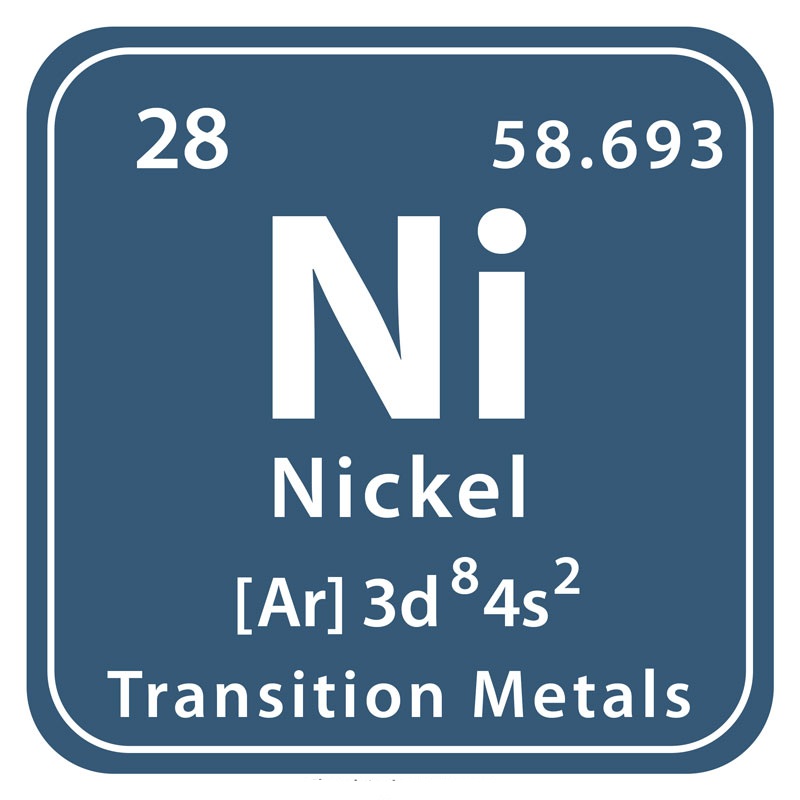
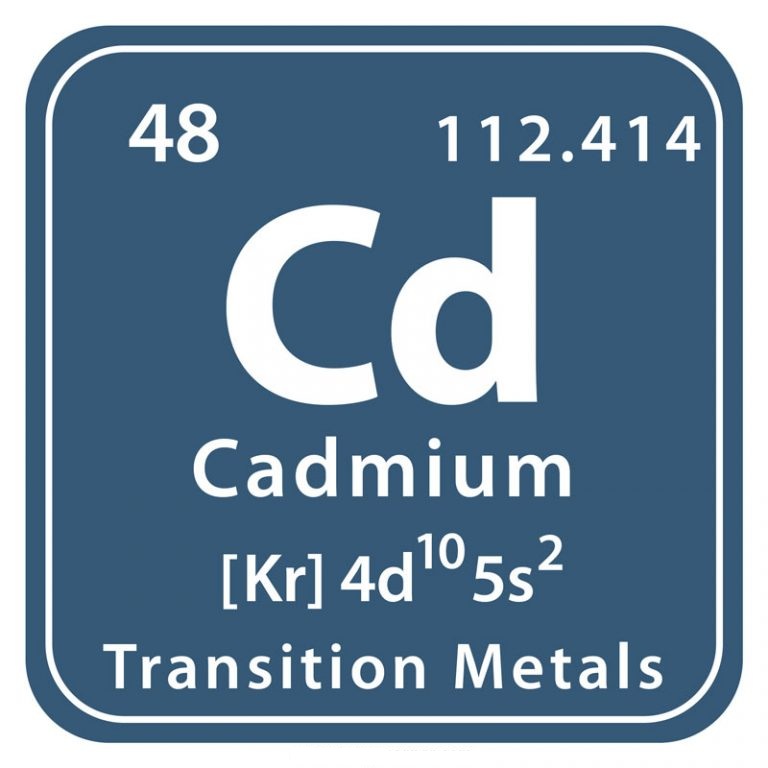
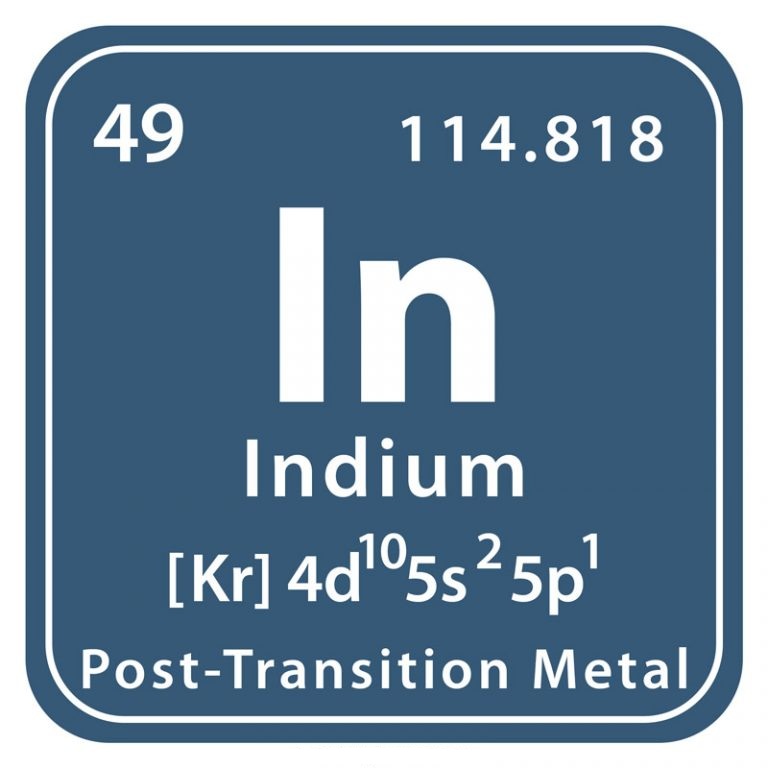
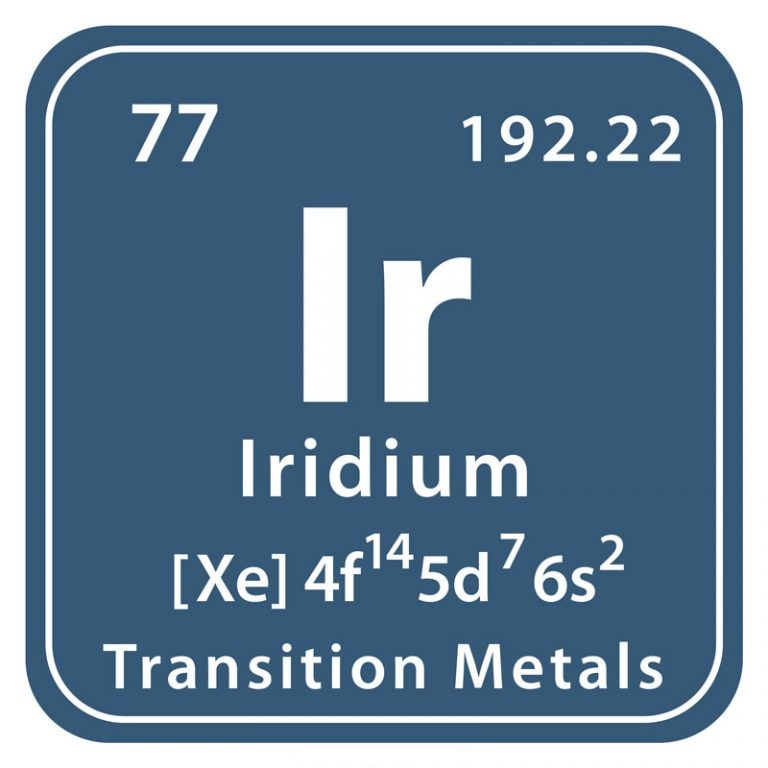
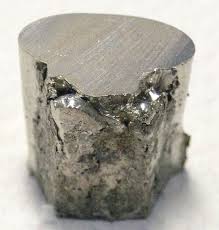
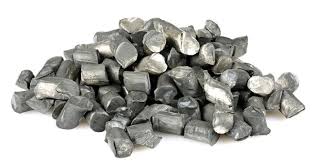
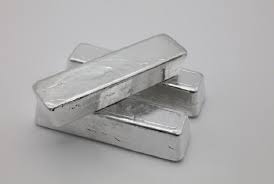
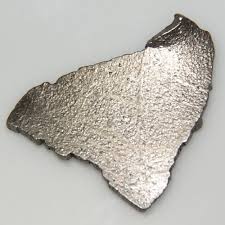
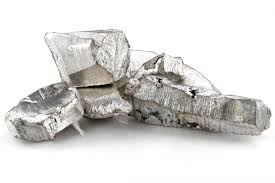 .
.